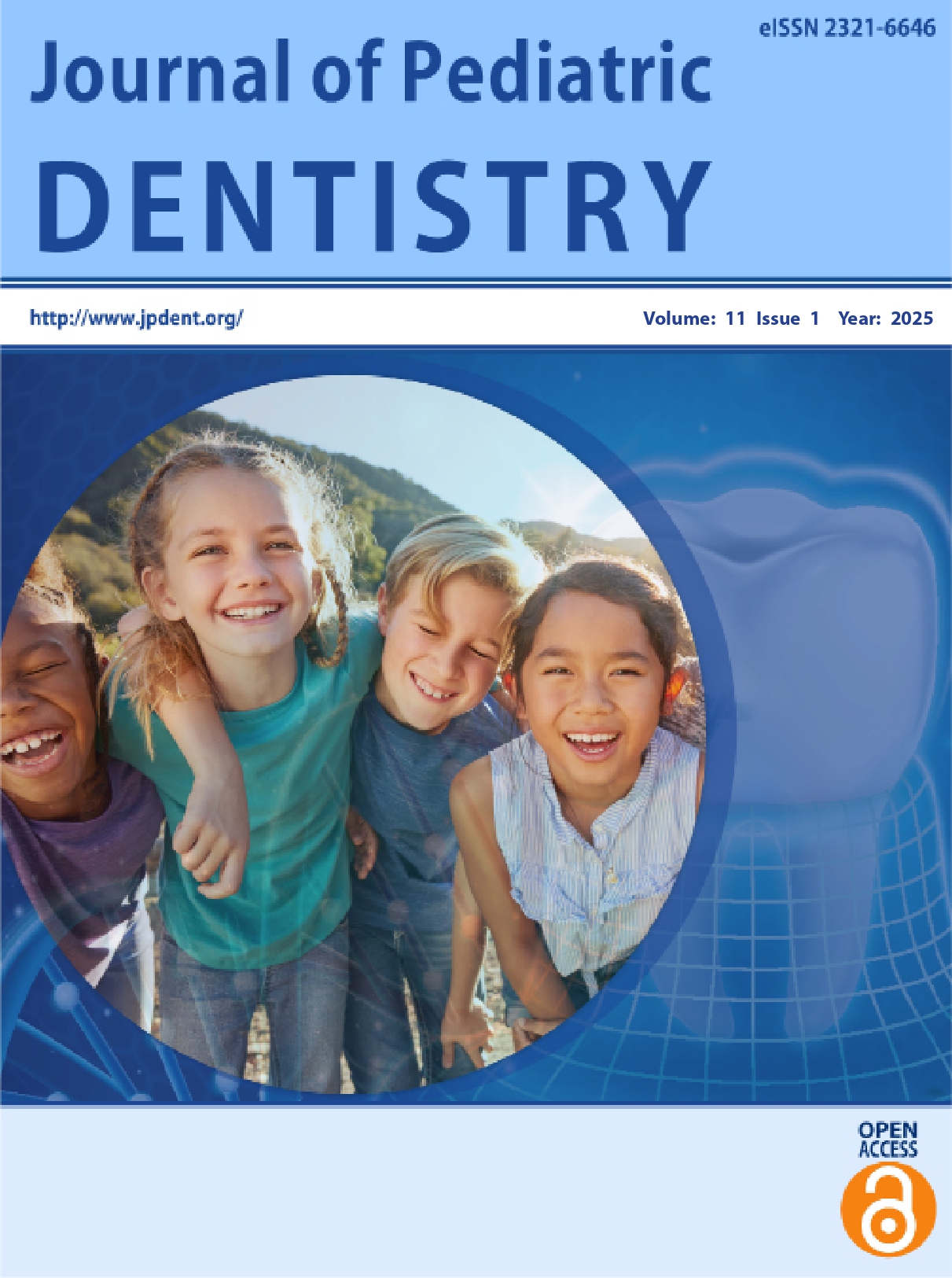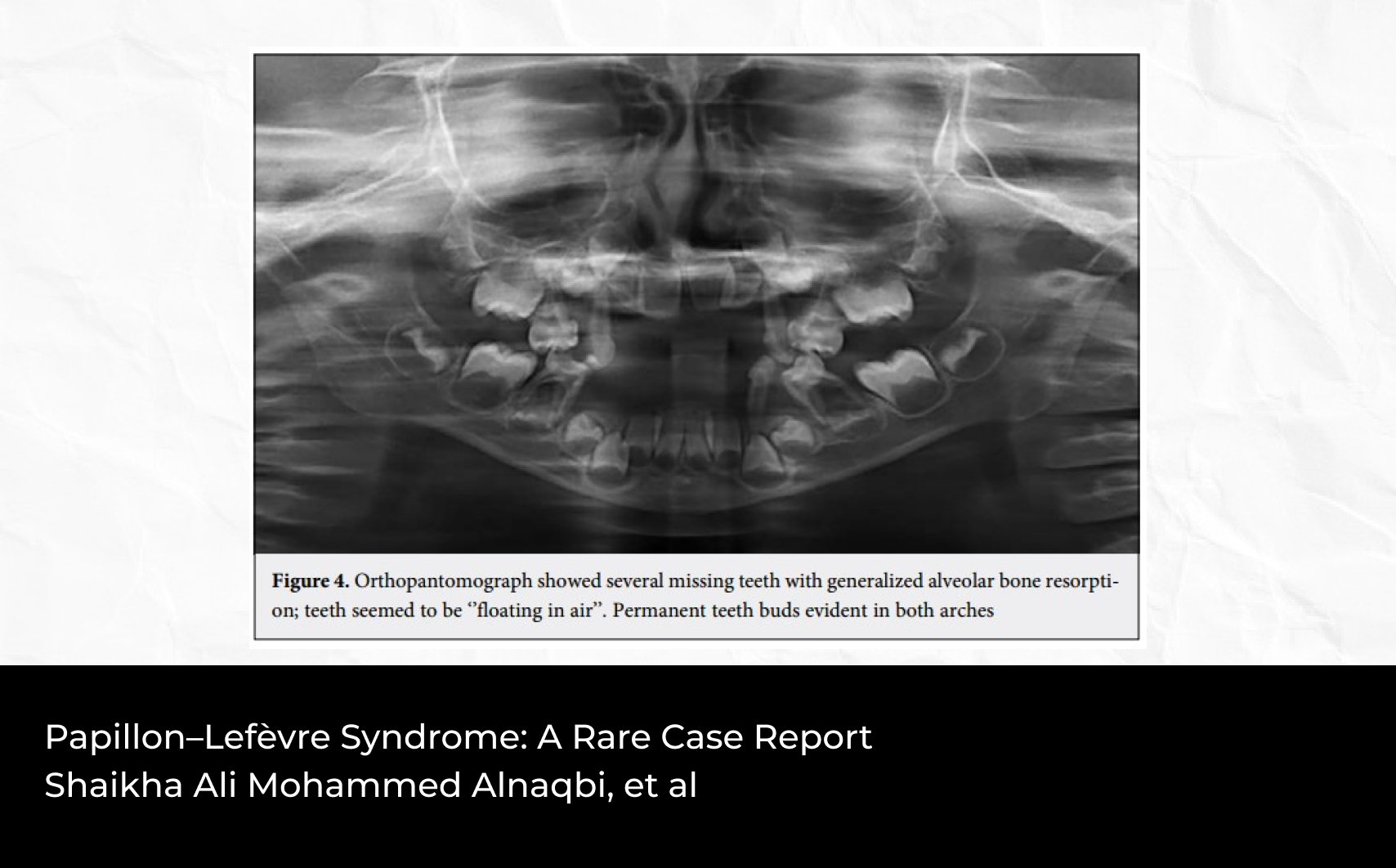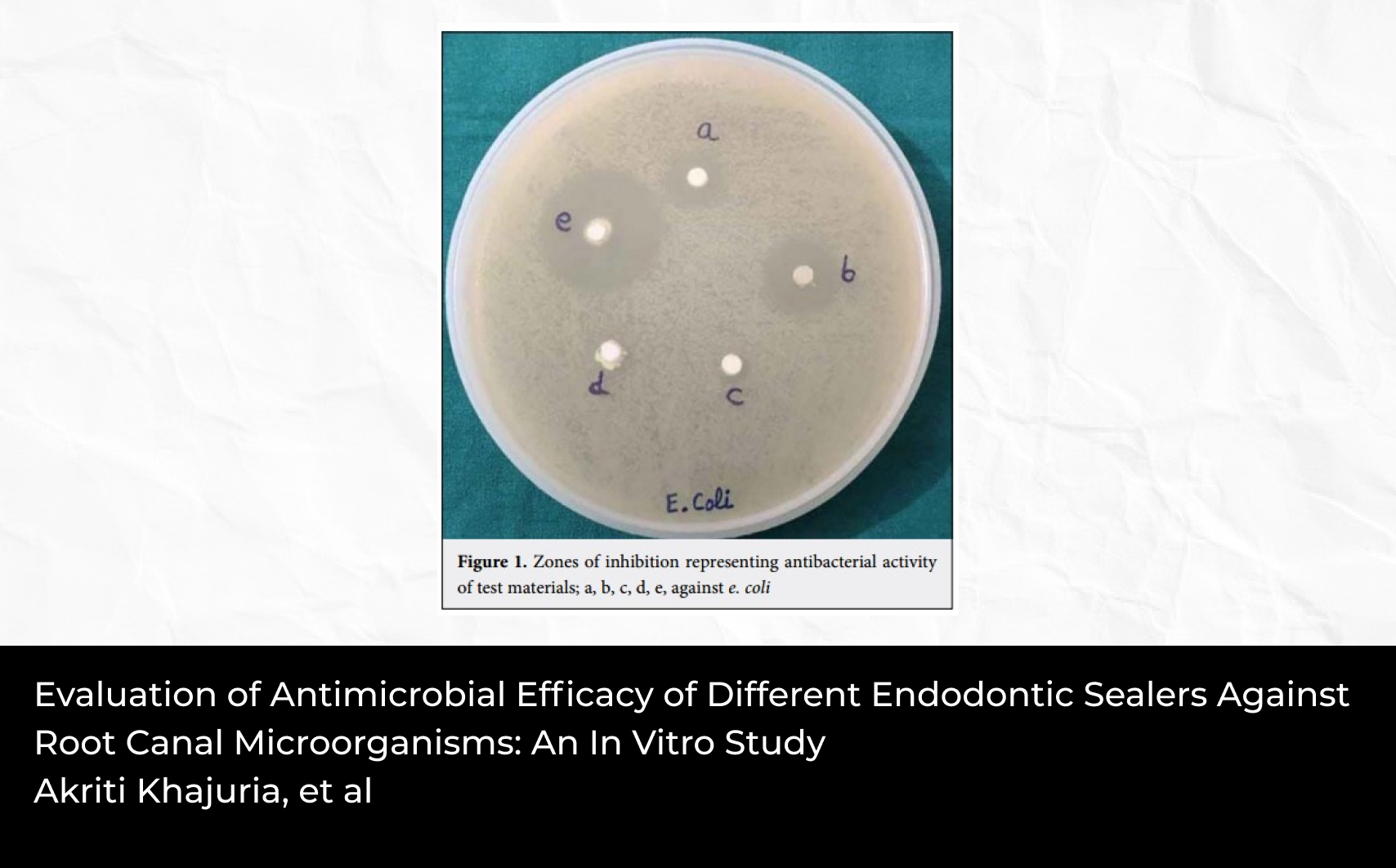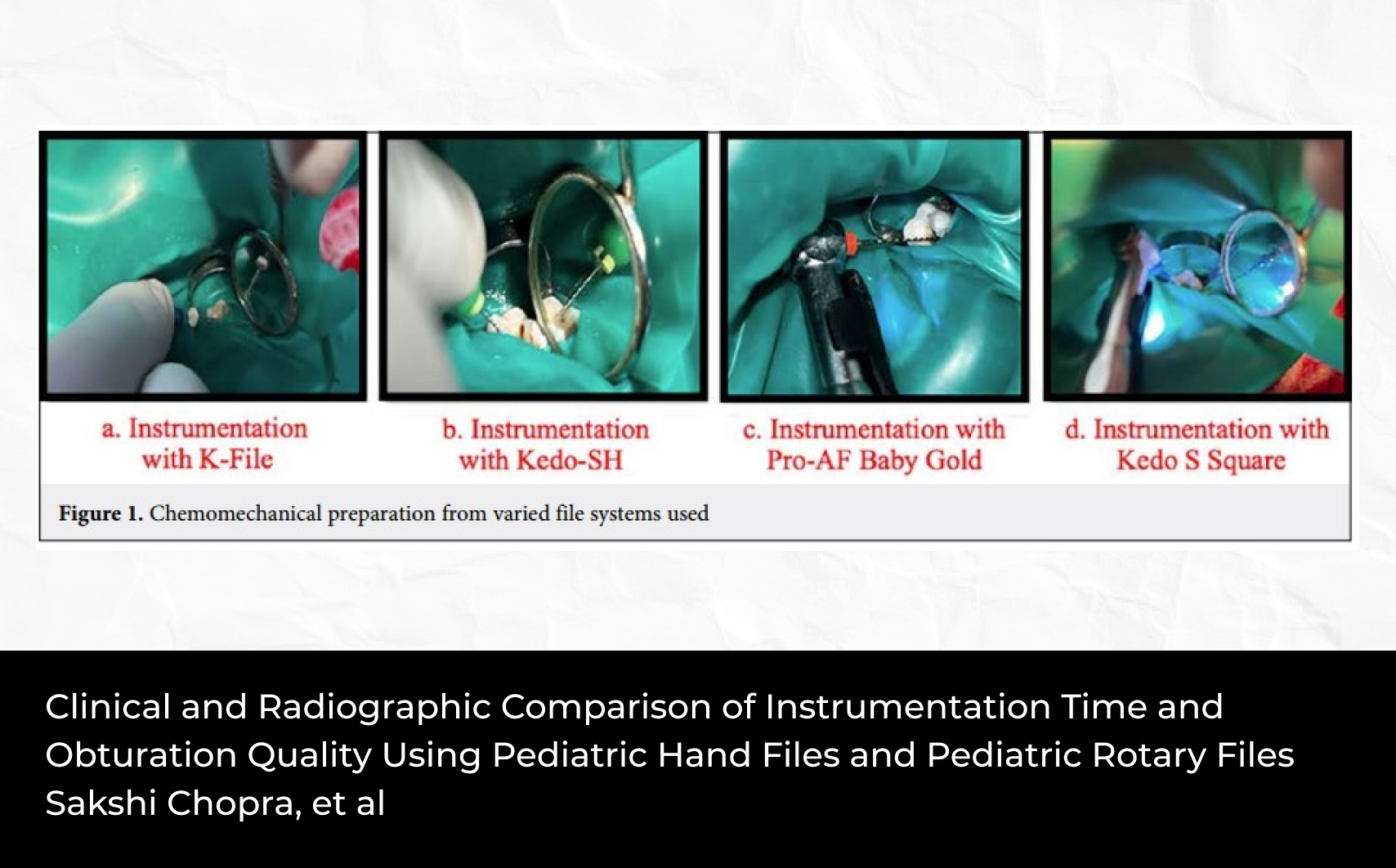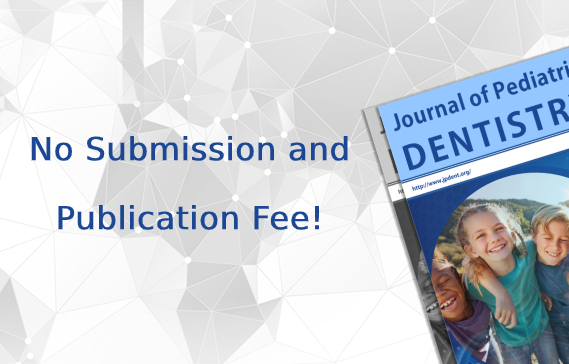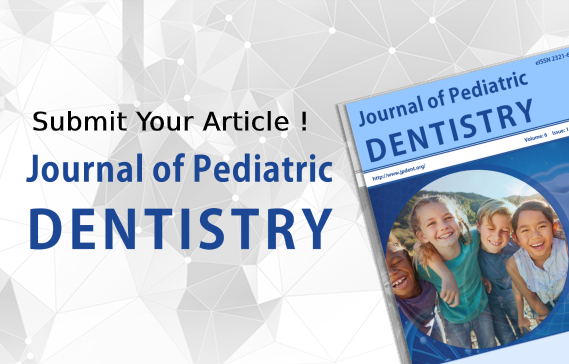2Division of Pediatric Plastic Surgery, Children’s Hospital of Pittsburgh of UPMC
3Division of Pediatric Dentistry, Children’s Hospital of Pittsburgh of UPMC, Pittsburgh, PA, USA
Abstract
Purpose: Our goal was to explore dental complications in the pediatric population following facial
trauma and identify those at risk. Patients and Methods: We queried children with fractures of
tooth‑supporting regions presenting from 2000 to 2014. Data elements included demographics,
treatment method, and dental outcome measures. Results: A total of 117 subjects were identified.
The average age at injury was 10.41 years, and average follow‑up was 2.9 years. Fractures were
grouped as mandibular (62.39%), maxillary (22.22%), or combination (15.39%). Dentition at time
of injury was classified as primary (17.95%), mixed (38.46%), or permanent (43.59%). Conservative management was employed in 41.88%, open reduction and internal fixation (ORIF) in 49.57%, and closed reduction and external fixation in 8.55%. The majority (67.52%) did not experience any dental trauma or sequela. Dental avulsion (10.26%), subluxation (10.26%), dysgenesis (5.13%), and development of a crossbite (5.13%), openbite (3.42%), and occlusal cant (0.85%) were observed. Avulsion was more likely in subjects requiring ORIF (P < 0.05). Development of an openbite, crossbite, or occlusal cant was more likely in subjects requiring ORIF or with combination fractures (P < 0.05). Conclusions: Fracture severity, treatment method, and dental age are all strong predictors for adverse dental complications. Treating specialists should be cognizant of the increase in risk of complication in these patients.

